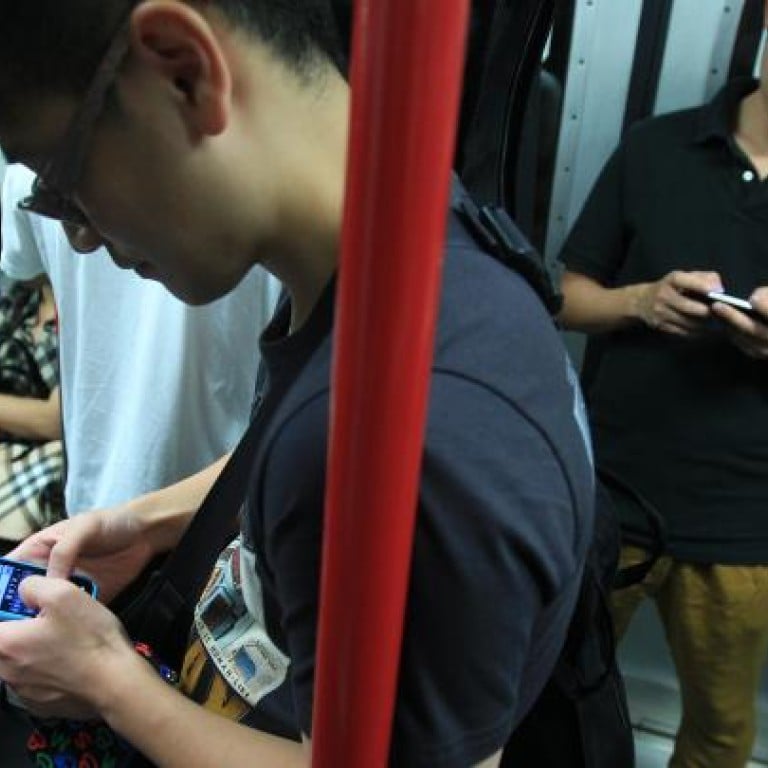
MTR right to reject women-only cars
Victoria Sung backs tougher penalties and urges more people to speak up
A recent survey conducted by a rape crisis centre in Hong Kong revealed that one-third of respondents had been sexually assaulted while on the MTR. In a similar poll reported by , 13.6per cent of people on the mainland said they had been sexually harassed while travelling on the subway. The poll also showed that 59per cent of respondents blamed women for dressing scantily, while 60.6per cent of people blamed men's bad manners. These figures, while appalling, are sadly not unexpected.
Sexual harassment on public transport is worldwide and is only a symptom of a larger problem. I and most of my female (and some male) friends have a myriad of stories to share about our encounters with harassers on public transport.
When I lived in New York, catcalling and pick-up lines were a daily occurrence for my friends and me. It did not matter what we were wearing - all that seemed to matter is that we were female and were unfortunate enough to pass by the harasser.
The loudly vocal nature of the New York harasser is different from the silently stalking Hong Kong harasser. Chalk it up to the excuse of American individualism or the anonymity of the big city, the origins of these actions come from the same place - a rampant disrespect of women, a sense of male entitlement, and the tendency to blame the harassed women based on clothing, appearance or behaviour.
Some countries have resorted to enforcing women-only train compartments. Women-only carriages on some trains exist in Japan, Egypt, India, Iran, Taiwan, Brazil, Mexico, Indonesia, the Philippines and Dubai.
The creation of women-only carriages in other countries has led several cities in China to request them; recently, the city of Wuhan decided to enforce women-only waiting areas in their stations between the hours of 9pm and 7am.
The truth is that sexual harassment can and does happen anywhere. The ubiquity of women-only carriages and waiting areas in these countries does not necessarily point to a higher incidence of sexual harassment.
It instead reflects a problem that isn't being sufficiently addressed by either the authorities or the local police force - for example, women-only carriages in India have been widely welcomed by female commuters, who say that they are a "safe space" where they can easily find seats and avoid being accosted by male passengers. Despite their popularity, women-only carriages are temporary in their resolution of harassment. They do not address the real issue.
The MTR is correct in refusing to install women-only compartments, simply because this is a band-aid solution that sends the wrong message. Women-only cars highlight gender inequities and reinforce the idea that women need protection - the hot-pink signs seen where there are women-only carriages are symbolic of this. Sexual harassment is not something confined to trains or platforms.
Instead, we should increase penalties against men who sexually harass women, and public transport authorities should encourage both men and women to speak out against harassment they have witnessed or experienced.
Bystanders should become involved if they see something. Public transport employees should be trained on how to handle sexual harassment if it occurs.
Most importantly, the women who have been harassed should be allowed to speak out without judgment on their looks, dress or behaviour.
The issue of harassment against women is not a women-only problem.
It is a social problem that needs the help of men and women to stop it.
